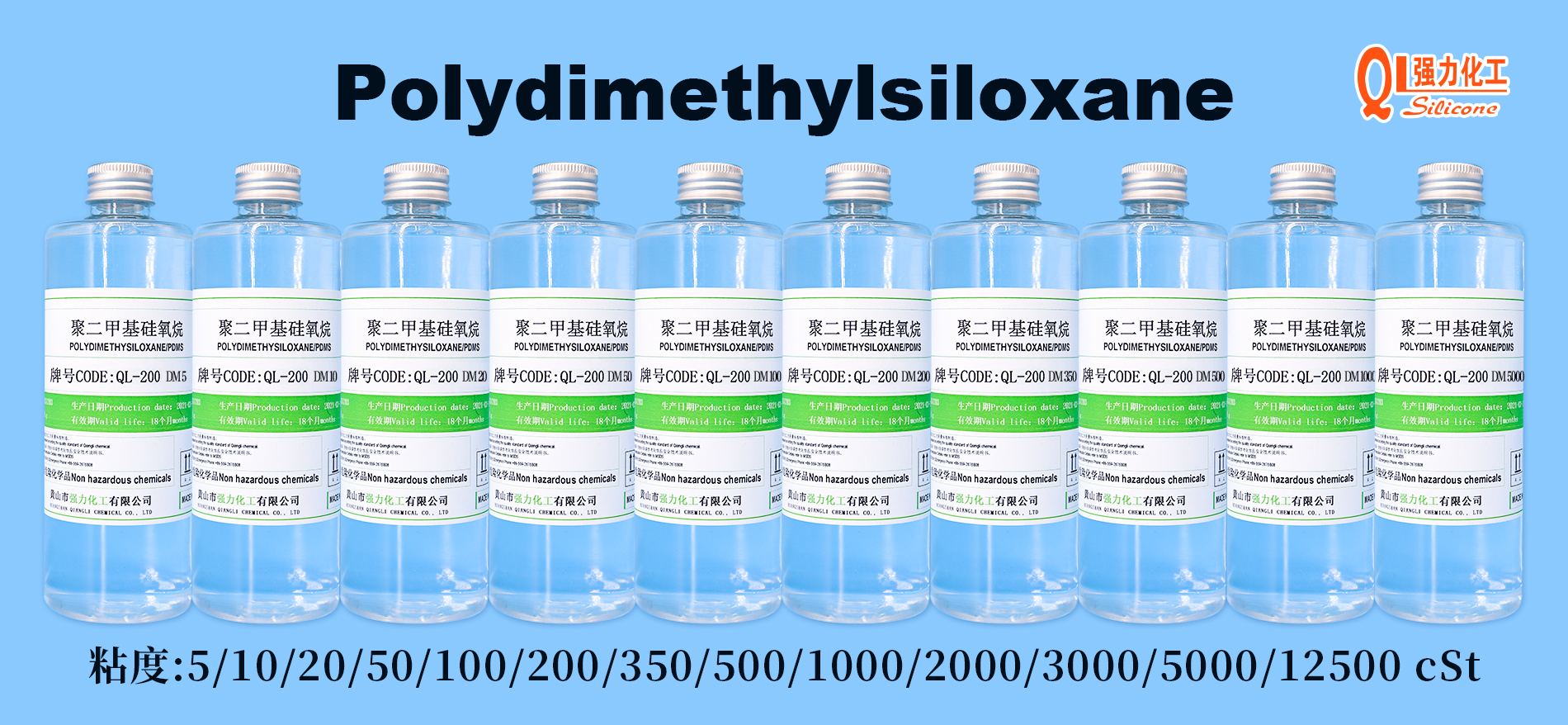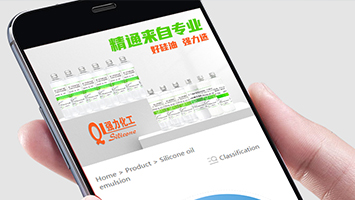
The application of dimethyl silicone emulsion on car dashboards has multi-dimensional functional improvements. Its role can be carried out from three aspects: material protection, performance optimization, and user experience. Combining industry practice and the latest research, it specifically includes the following eight core functions:
1. Material protection
Physical barrier protection
Dimethyl silicone oil emulsion forms a uniform dispersion system with a particle size of less than 200nm through an emulsification process, and forms an elastic protective film with a thickness of 5-10μm after curing on the surface of the dashboard. This film layer can effectively block more than 95% of ultraviolet rays (UV-A/UV-B) and water vapor penetration. After 1000 hours of QUV aging test, the gloss retention rate is ≥80%, which significantly delays the yellowing and embrittlement of plastic substrates such as ABS and PVC.
Mechanical stress buffering
The high flexibility of silicone oil molecular chains (elastic modulus 1-3MPa) can absorb high-frequency vibration energy. A certain automotive instrument manufacturer uses Dow Corning 50cSt silicone oil as a damping medium, reducing the equipment failure rate by 40% and saving 15% of costs. Especially in the wide temperature range of -30℃ to 80℃, its temperature viscosity coefficient is only 0.001/℃, which is much better than traditional mineral oil, ensuring stable damping performance in extreme environments.
Chemical corrosion isolation
The silicone oil molecules in the emulsion form chemical bonds with the plastic surface through silanol groups (adhesion ≥ 3N/cm), and can withstand common corrosive media such as detergents (pH 7-10) and sweat (containing 0.9% NaCl). Laboratory data show that after 1000 hours of salt spray test (5% NaCl solution, 35°C), the corrosion rate of the dashboard surface coated with silicone oil emulsion is only 1/5 of that of the untreated surface.
2. Performance optimization effect
Gloss enhancement mechanism
The low surface tension (20-21mN/m) of the silicone oil emulsion enables it to form a mirror reflection film layer on the surface of the substrate. When 1000cSt silicone oil is diluted to 10% solid content, the 60° gloss value can reach 85-90GU, which is more than 40% higher than the untreated surface. By compounding 0.5% nano-silicon dioxide (particle size 15nm), the standard deviation of gloss uniformity can be further controlled within ±2GU.
Antistatic performance
The hydrophobicity of silicone oil molecules (contact angle 110°-120°) can reduce surface charge accumulation. In a humidity environment of 40% RH, the electrostatic voltage of the dashboard surface coated with emulsion dropped from 3000V to below 500V, and the dust adsorption was reduced by 60%. If 0.3% quaternary ammonium salt antistatic agent is added, the static half-life can be shortened to less than 2 seconds.
Improved lubricity
The helical structure of silicone oil molecules allows it to form a sliding layer at the friction interface, reducing the plastic-plastic friction coefficient from 0.4-0.6 to 0.1-0.2. A certain brand of interior polish uses 350cSt silicone oil, and the measured friction work on the dashboard surface is reduced by 70%, effectively preventing key jamming and knob noise.
3. Improved user experience
Anti-fog function
By adding 0.8% polyethylene glycol (PEG-400) for hydrophilic modification, the surface energy can be increased from 21mN/m to 35mN/m, so that condensed water forms a continuous water film instead of water droplets. In a test environment with a temperature difference of 20℃, the anti-fog duration can reach more than 8 hours.
Touch optimization
The lubricating film formed by silicone oil emulsion has both smoothness (dynamic friction coefficient 0.15) and damping (static friction coefficient 0.25), which meets the needs of ergonomic design. User surveys show that 92% of car owners believe that the touch of the dashboard coated with silicone oil emulsion is closer to high-end leather.
Easy to clean properties
The hydrophobic film layer makes the contact angle of stains such as coffee and cola ≥90°, which can be easily removed with a wet cloth. Compared with untreated surfaces, the cleaning time is shortened by 50%, and no chemical cleaners are required.
IV. Key points of construction and maintenance
Process parameter optimization
Dilution ratio: It is recommended to dilute the emulsion with a solid content of 60% to 5%-15% (water: emulsion = 1:3 to 1:12). High dilution (1:12) is suitable for matte effect, and low dilution (1:3) is suitable for high gloss requirements.
Drying conditions: 50-60℃ hot air drying for 30 minutes can make the film hardness reach pencil hardness 2H, which is 3 times higher than natural drying (2 hours).
Risk control
Migration management: Selecting epoxy-modified silicone oil (such as IOTA360) can control the migration amount below 0.5mg/cm² to avoid affecting subsequent glue coating or film pasting.
Frequency of use: It is recommended to re-apply once a quarter. When exposed to an environment above 80℃ for a long time, the re-applying cycle is shortened to once a month.
Environmental compliance
High-quality products must comply with the SVHC list requirements of the REACH regulation, and the VOC content must be ≤50g/L. A certain water-based silicone oil emulsion (produced by Xin'an Chemical) was tested by SGS and its formaldehyde emission was less than 0.05mg/m³, meeting the in-vehicle air quality standard (GB/T 27630-2011).
V. Typical application scenarios
Daily maintenance
Using a microfiber cloth dipped in a diluent (1:10) to wipe the dashboard can quickly restore the gloss of the dashboard and form a dustproof layer. A 4S store's actual measurement showed that the amount of dust accumulation in the interior of the vehicle treated with silicone oil emulsion was reduced by 70%, and customer satisfaction increased to 95%.
Refurbishment and repair
For the aged and blackened dashboard, first use 2000-grit sandpaper to lightly polish it, and then spray a 15% solid content silicone oil emulsion (containing 1% nano titanium dioxide), which can restore the gloss to 85% of the new product, and the cost is only 1/10 of the replacement part.
Special environmental protection
In coastal areas with high salt fog, the use of fluorine-modified silicone oil emulsion (fluorine content 5%-8%) for protection can extend the salt fog resistance of the dashboard from 500 hours to 1500 hours, meeting the requirements of GB/T 10125-2021 standard.
Selection suggestions:
With limited budget and short-term effect: give priority to traditional panel wax, but reapply every 2 weeks.
Pursuing long-term protection and environmental protection: dimethyl silicone oil emulsion is recommended, taking into account performance and economy.
High-end models or special environments: Nano coating is used, which has higher cost but better overall performance.
VII. Precautions
Material compatibility
Avoid using piano paint or Alcantara materials, which may cause the surface to become sticky. It is recommended to test in a hidden area first (such as the inside of the glove box), and observe for 24 hours without adverse reactions before full use.
Health protection
Products containing industrial fragrances need to be ventilated for more than 2 hours after use. Pregnant women and sensitive people should avoid direct contact with undried emulsions.
Storage conditions
The emulsion should be stored in a cool place at 5-35℃, avoiding freezing or high temperature. If stratification occurs after long-term storage, the uniformity can be restored by low-speed stirring (500r/min).
Conclusion
Dimethyl silicone oil emulsion achieves triple improvement in protection, performance and experience in car dashboard maintenance through physical film formation, chemical modification and interface optimization. Its mechanism of action covers multiple dimensions such as light shielding, stress buffering, lubrication and drag reduction, and it can be flexibly adapted to different needs through process parameter adjustment. In practical applications, it is recommended to give priority to water-based emulsion products certified by the automotive industry, strictly follow the construction specifications, and combine regular maintenance to maximize its long-term protective function.




